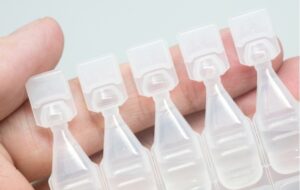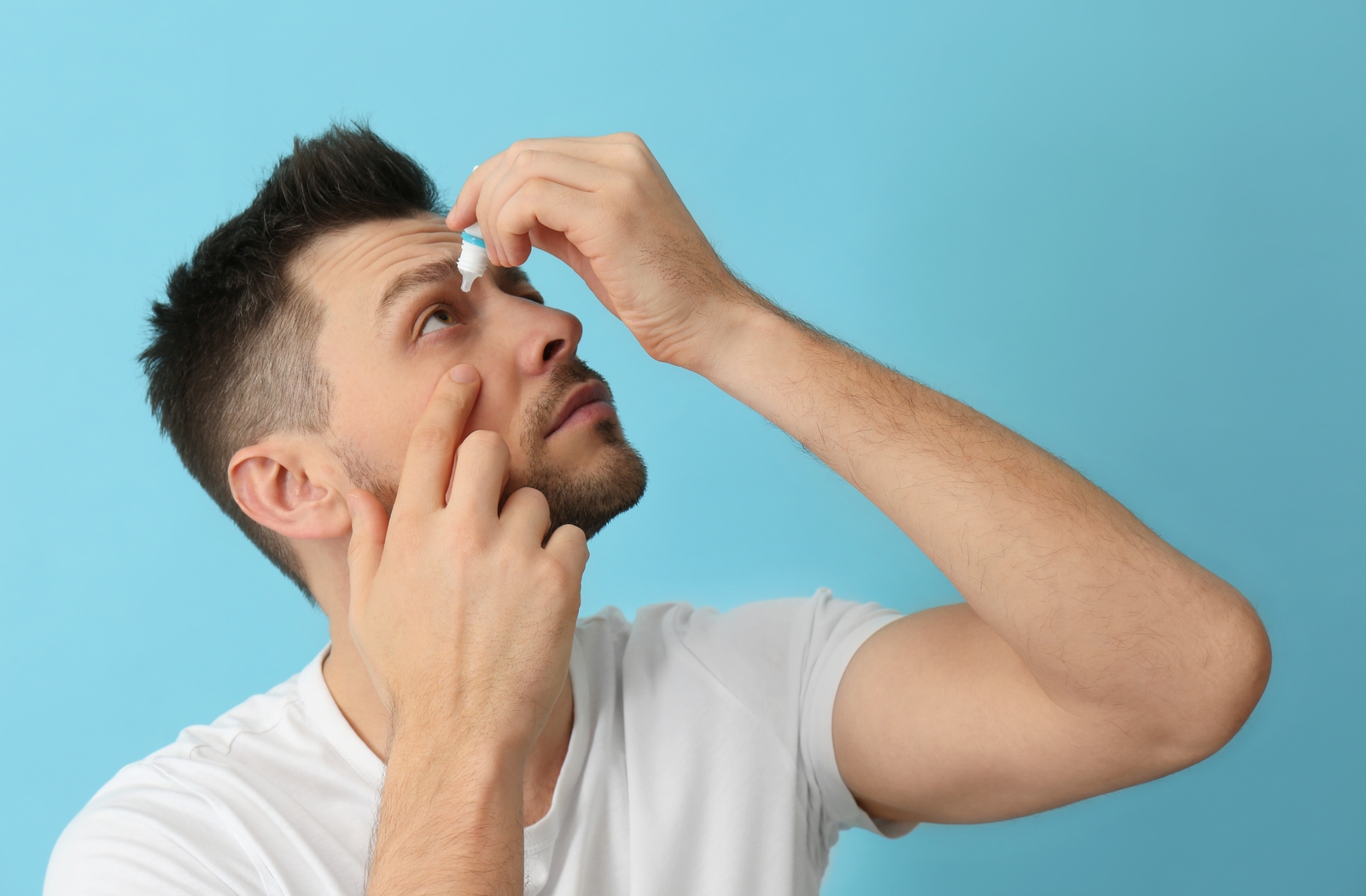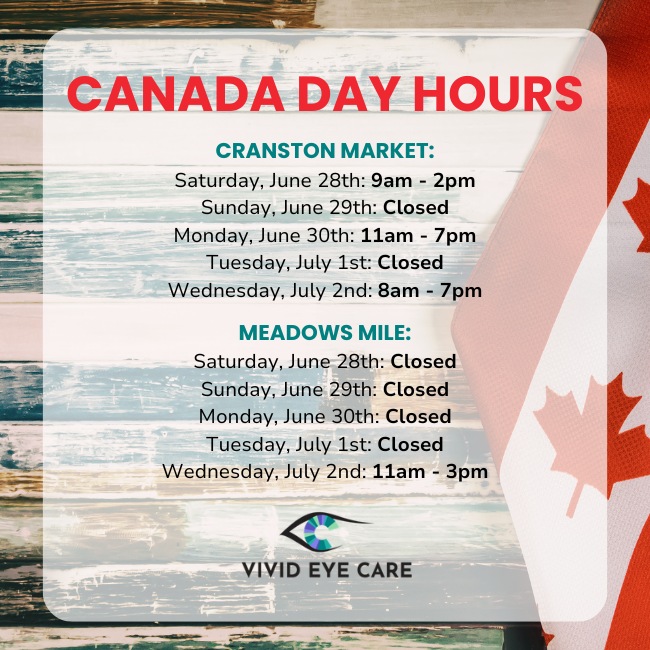According to a recent survey, 90% of Albertans experience symptoms associated with dry eye. The burning, irritating sensation caused by dry eye can interfere with your workday and your after-work life.
Many dry eye sufferers seek out eye drops as an easy way to relieve their symptoms. But, do eye drops really relieve dry eye?
First, let’s discuss what dry eye is and what causes it. Then, we’ll learn about your options for relief.
Symptoms of Dry Eye
We rarely notice our eyes, until there’s a problem. Then, they’re all we can think about. When you have dry eye it’s hard not to take notice — it’s uncomfortable.
Dry eye symptoms can include:
- Burning or stinging
- Irritation
- Grittiness
- Redness
- Itching
- Blurred vision
- Sore or tired eyes
- Excessive watering
- Light sensitivity
What Is Dry Eye & What Causes It?
Dry eye is exactly what it sounds like — it occurs when your eyes aren’t getting enough moisture from your tears.
Some medical conditions and certain medications can lead to a decrease in tear production. Environmental factors such as an arid climate, windy conditions, or exposure to smoke can exacerbate dry eye or lead to an acute case. But often, there is an underlying reason for your discomfort.
There are 2 main causes of chronic dry eye: inadequate tear volume and poor tear quality.
Inadequate Tear Volume
Sometimes, there are simply not enough tears produced to adequately nourish the eyes. This type of dry eye only accounts for about a tenth of all dry eye cases.
Poor Tear Quality
It’s important that the tears you do produce are of the appropriate chemical composition. The tear film is made up of three layers: an oil layer, a water layer, and a mucus layer.
The oil (also known as meibum) forms a protective coating over the eye’s surface and keeps the tears from evaporating too quickly.
The mucus layer spreads the tears out over the surface of the eye. This layer makes sure that all areas of the eye receive much-needed moisture.
Finally, the water layer keeps the eyes moist and comfortable. Imbalances in the tear film, in any of these layers, can lead to dry eye.
How Will My Eye Doctor Diagnose My Dry Eye?
If you experience any of the symptoms of dry eye, you can book a dry eye assessment directly with an optometrist.
An assessment may also be recommended during a regular, comprehensive eye exam if your optometrist notices any signs of dry eye.
You will likely be asked to answer several questions about your lifestyle, habits, and symptoms. Then, your optometrist may evaluate your tear film and take some digital images of the ocular surface and the eyelids.
If you do in fact have dry eye, your optometrist will recommend some treatment options.

Dry Eye Treatment
Every pair of eyes is unique and your optometrist will tailor your treatment plan to your individual situation. Often, the treatment includes eye drops. There are many varieties on the market so it’s important to have an eye care professional walk you through the options.
Artificial Tears
Artificial tears are a common type of eye drop. These attempt to mimic real tears and often contain a type of lubricant to keep your eye moist. They soothe and protect the surface of the eye.
Eye drops come in preservative-free and non-preservative-free varieties. While artificial tears can relieve your symptoms, they don’t provide treatment for the underlying causes of dry eye.
Prescription Eye Drops
For severe cases of dry eye, and to help treat the underlying causes, your optometrist might give you a prescription for eye drops.
Some prescription drops are made to help your eyes produce tears on their own. Others reduce swelling in the eye tissues, helping the glands along your eyelids — the meibomian glands — to produce the right amount of oil.
Depending on the cause of your dry eye, prescription drops can offer lasting relief.
Are Eye Drops Safe?
There are a few things you’ll need to consider when dealing with eye drops. Hygiene is important when using eye drops, and any time you touch your eyes.
Wash your hands thoroughly before touching anywhere around the eyes. If your eye drops don’t come in a single-use package, be sure to replace the cap as soon as you’re done to avoid any contamination. Try not to touch the tip of the bottle to your eye, and never share eye drops with anyone.
Be sure to discuss any products that you’re using with your optometrist.
When Should You See An Optometrist About Dry Eye?
Regular, comprehensive eye exams are a key part of overall health. Ideally, you’ll have a chance to discuss any dry eye symptoms at your annual eye exam. But, if your eyes are uncomfortable, you shouldn’t wait.
Visit your optometrist as soon as you feel discomfort of any kind. Your vision is too important to take any chances, and relief for dry eye is available.






















